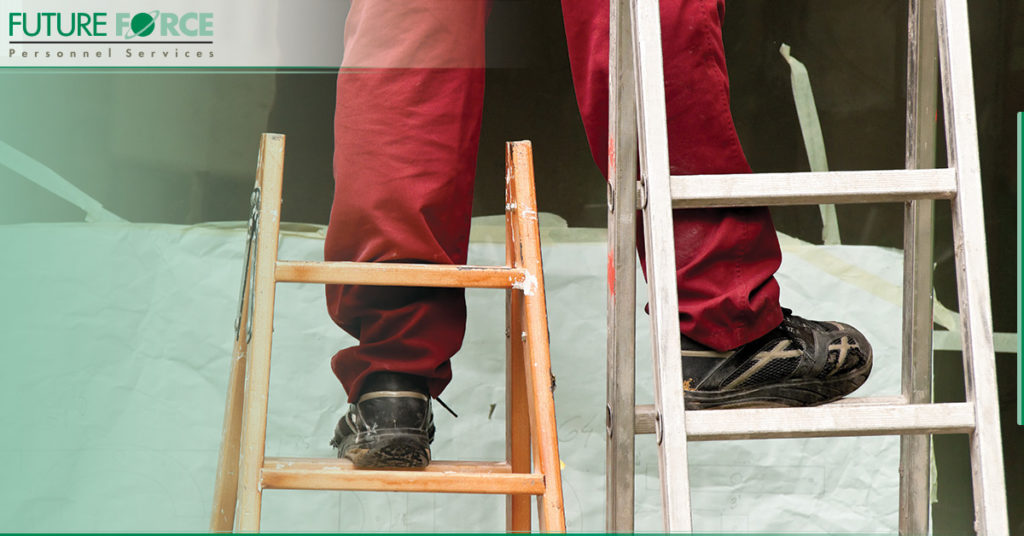It’s unfortunate, but true: Many workplace accidents are preventable. That’s why it’s so important to conduct regular checks, looking for existing or emerging hazards and then working to correct them – before someone gets hurt. Some of the most common ones include:
- Physical: Those that involve trips, slips and falls, as well as dangerous noise levels.
- Chemical: Hazardous substances that can cause harm to an employee.
- Ergonomic: When the musculoskeletal system is harmed, such as through repetitive motion or poor body positioning.
- Biological: Involves those hazards caused by the spread of bacteria or viruses.
To help ensure you don’t have these or other hazards in your workplace, here are five tips for identifying them:
Tip #1: Investigate past accidents and injuries.
You don’t want history to repeat itself, which is why it’s important to evaluate past issues and take steps to rectify the situation and protect your workers. For details, look to records of previous injuries and illnesses, such as OSHA 300 and 301 logs and reports of incident investigations, as well as workers compensation reports and records. In your digging, look too for any frequency or patterns of certain accidents or illnesses.
Tip #2: Identify new hazards.
Work with your employees to determine hazards that have not been addressed and ways in which employees could be potentially harmed. Other ways to identify hazards include by evaluating: equipment and machinery manuals, inspection reports from insurance carriers and consultants, and existing safety programs involving lockout/tagout and personal protective equipment.
Tip #3: Walk your workplace.
Inspect your workplace by physically walking it and looking for any new signs of trouble. For instance, check workstations, equipment, vehicles, tools, all operations facilities, and any other areas where a potential hazard can emerge. Bring your employees into the conversation, as well, and have them discuss any hazards they’ve seen.
Tip #4: Document and deal with hazards.
If you identify a hazard, make sure you carefully document it so you can ensure it gets corrected. Beyond a written report, also take pictures or video too, which will help in discussions about ways to fix the problem.
Tip #5: Conduct routine inspections.
On a regular basis, conduct regular inspections to ensure conditions are safe. When you do, use a checklist so you know the common hazards to look for, such as those involving electrical, fire safety issues, slip and fall, equipment operations, and emergency procedures.
Looking for safety conscious people to add to your team?
Part of limiting hazards and keeping your workers safe involves hiring people who follow the rules. If you need help with that process, reach out to Future Force. As one of the leading staffing agencies in Orlando, FL, we can recruit hard-working, skilled and safety conscious employees for a wide range of roles. Contact us today to learn more or get started.

